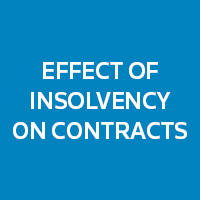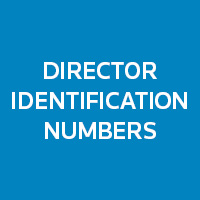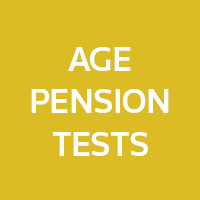Binding Nominations: Make Sure Your Super Passes Into The Right Hands
Your superannuation balance is probably one of your biggest assets – perhaps up there with the family home. It’s therefore vital to plan for how that money will be distributed on your death. Find out how a binding nomination can give you peace of mind that your wishes will be complied with when you’ve passed on.
When you pass away, your superannuation benefits do not automatically form part of your estate. Instead, they’re paid out by the trustee of your superannuation fund. So, what can you do to ensure your super is paid out in accordance with your wishes? For many people, a binding death benefit nomination (BDBN) is an appropriate safeguard to put in place.
How does a BDBN work?
If you don’t make any nomination during your lifetime about how your superannuation benefits should be paid on your death, the trustee has discretion to decide who will receive your benefits and in what form. Under superannuation law, your death benefits can be paid to either, or a combination, of:
-your “legal personal representative” (LPR) – effectively, the executors of your estate (which means those superannuation benefits will then be dealt with by your will); and/or
-one or more of your “dependants” directly, which include your spouse, children (of any age) and anyone with whom you were in an “interdependency relationship”.
Where the trustee decides to pay some benefits directly to a dependant, the trustee can also decide whether to pay your benefits as a lump sum or pension. This is a lot of discretion for the trustee! If you’d prefer to have certainty about how your benefits will be paid, consider making a BDBN.
This is a written direction given to the trustee specifying where your death benefits should be paid (and optionally, in what form). Provided the BDBN is valid and still in effect when you die, the trustee is bound to follow it.
Making a valid BDBN
You should seek expert assistance when preparing a BDBN, especially if you’re an SMSF member. In recent years, legal disputes before the courts (eg between surviving family members) over the terms of BDBNs have highlighted the traps that can arise. Here we outline a few key principles to keep in mind.
First, the trustee can’t follow a BDBN to the extent the payments would breach superannuation law. This means your BDBN can only specify the permitted recipients discussed above (your LPR and/or “dependants”). There are also restrictions on when your children can receive benefits in pension form.
Second, for non-SMSFs, a BDBN must meet various documentation requirements in order to be valid, such as being witnessed correctly by two eligible adult witnesses, among other requirements. For SMSFs, these requirements vary, depending on the particular terms of the SMSF’s deed.
Third, the BDBN must work in harmony with other relevant legal documentation. This includes:
-The fund’s deed (as mentioned above): the terms of SMSF deeds vary greatly. SMSF members must therefore ensure their BDBN is permitted, valid and enforceable under their fund’s deed.
-Pension documentation: if you’re receiving a pension just before your death, any terms of the pension documentation that contradict your BDBN (eg a stipulation that the pension is to revert to a certain beneficiary) may cause confusion and legal uncertainty.
-Your will: if your BDBN directs your benefits to your estate, your will can be tailored to ensure the benefits pass to specific beneficiaries in the most tax-effective manner.
Expiry dates
For non-SMSFs, a BDBN expires after three years. In an SMSF, a BDBN can potentially last indefinitely, but there’s a trap: many SMSF deeds impose a three-year expiry anyway!
In any event, it’s good practice to review your BDBN every few years or whenever a major life change occurs (eg, marriage, divorce or death of a dependant).
Need to make a BDBN?
Contact our office to begin your superannuation succession plan. We’ll help you ensure your wealth passes into the right hands, giving you maximum control and peace of mind.












